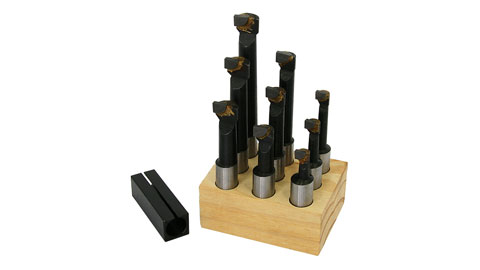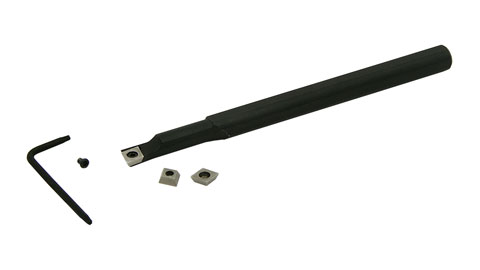- Joined
- Feb 16, 2018
- Messages
- 29
I have a very newbie question about drilling on a mini lathe. I have a Wen 3455, that I think is the same thing as a SEIG 7 x 12 mini lathe. For my first use and project, I need to make some axle spacers for a rear wheel of a motorcycle. The bore of the axle spacers will need to be 25.00mm ID. So I'm wondering if I'm better to buy a reduced shank 25.00mm drill bit, or a 25.00mm drill bit with a morse taper to fit the tail stock? I'm new to all of this, so I'm assuming that a morse taper is a universal size? I guess my thoughts are the drill bit would be straighter mounted in the tail stock, than if mounted in a chuck on the tail stock.
The material I'll drill will be 6061 aluminum round bar. Am I going in the right direction using a drill bit with the morse taper?
Thanks for any help, and I look forward to learning here.
The material I'll drill will be 6061 aluminum round bar. Am I going in the right direction using a drill bit with the morse taper?
Thanks for any help, and I look forward to learning here.



